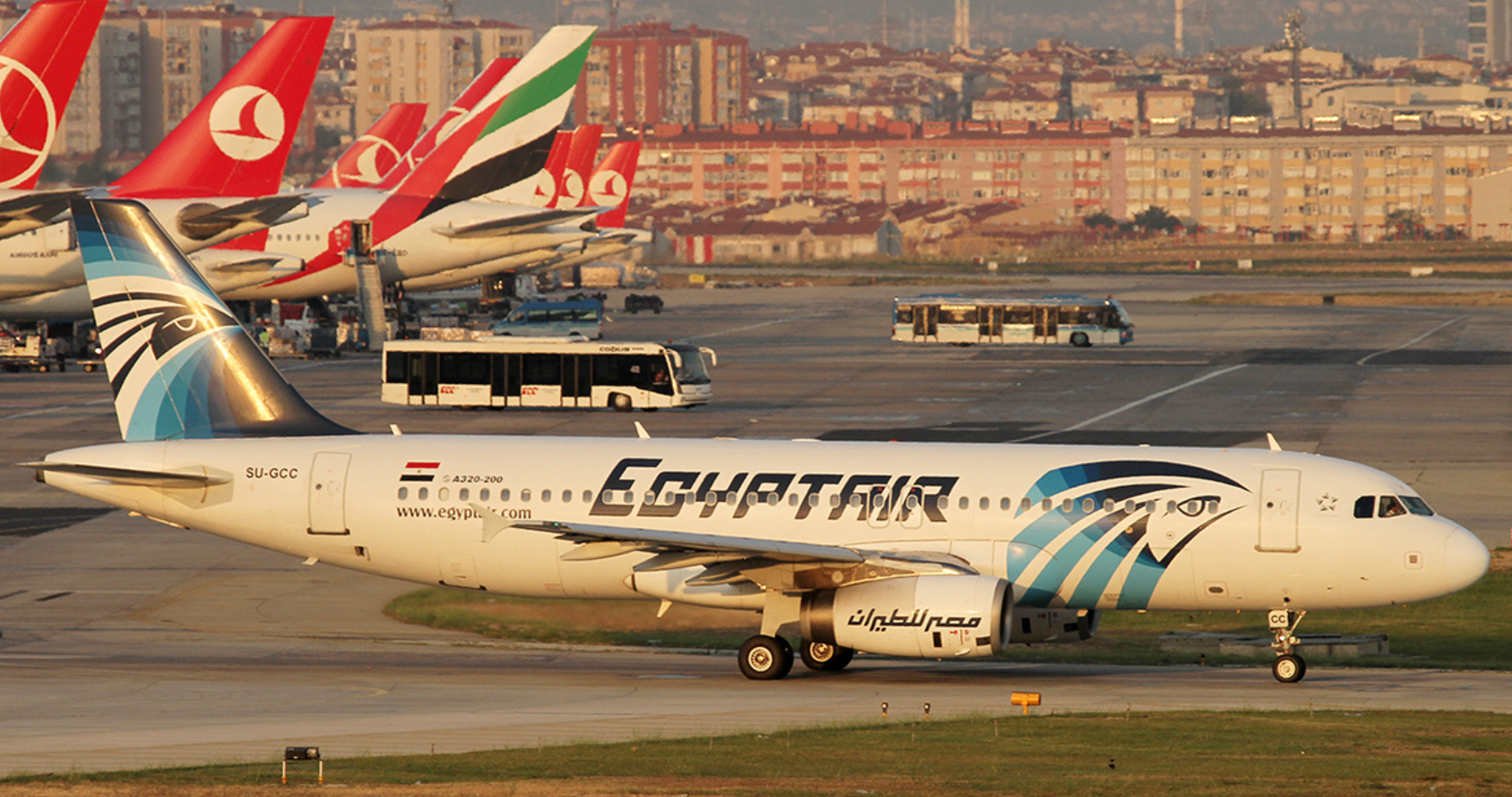The Weekly Reflektion 29/2025
When an incident occurs, you may think that an investigation is unnecessary because you know what happened, it is rarely so simple. Equally, holding an investigation where only one hypothesis is considered is unlikely to result in a satisfactory outcome.

Do you have an open mind in your investigations?
On 19th May 2016, Egyptair Airbus flight 804 left Charles De Gaulle airport, Paris, heading for Cairo. While over the Mediterranean, Greek air traffic lost contact with the plane, and soon after the plane’s transponder signal disappeared from Greek radar screens. 9 minutes later the plane crashed into the Mediterranean, in 3000m of water. All 66 people on board were killed.
When a plane crashes in the sea, outside one country’s jurisdiction, Egypt, the country where the airline is based has responsibility for the investigation. It is normal that the country who built the plane, in this case France, is also involved. Cooperation between the Egyptian and French investigators went well for the first month. Victims were identified, and wreckage and the two black boxes were recovered. Then an anonymous forensics official claimed that there has been a bomb on board, which led the authorities to suspect terrorism. There had been a hijack attempt on an Egyptair flight less than two months previously and three security officers were on the plane for precisely this reason. The French BEA (Bureau of Enquiry and Analysis for Civil Aviation Safety) were then removed from the investigation team, as the incident was considered as a terror attack and not an air crash. The BEA kept their investigation efforts going, although much of the data collected by the Egyptian authorities was not available to them. They did however have the black boxes.
Efforts to recover aircraft wreckage from the seabed were stopped because the Egyptian authorities ‘knew’ the reason for the crash.Valuable information from rebuilding the plane from the wreckage was therefore lost. The theory presented was a bomb in the galley area just behind the cockpit, not large enough to break up the aircraft, followed by a fire, probably fed by oxygen from the crew’s damaged emergency oxygen system. Several system faults were recorded and sent to the Egyptair database by the real-time data transmission system ACARS. 44 seconds after the ‘explosion’, smoke was first detected in the forward lavatories, then in the avionics bay, under the cockpit. Several alarms in the next few seconds led to the disconnection of the autopilot. The flight data recorder, cockpit voice recorder and the plane transponder stopped which caused its disappearance from the Greek radar screens. The plane was still visible on the primary radar, but no response was heard from the crew, presumably overcome by smoke and fumes, with the plane finally crashing into the sea.
No person or organisation ever took responsibility for the bombing, and no one was ever suspected or arrested for the crime. The BEA, however, were unconvinced by the bomb theory, and kept their investigation going. They developed a hypothesis of a chain of events that fitted the information recorded by the black boxes. No bomb detonation was registered by the voice recorders, but a hissing sound could be heard in the background. The sound was interpreted as oxygen escaping from a stuck or faulty valve in the crew’s emergency oxygen supply. The continuous release of oxygen eventually led to a catastrophic fire in the cockpit, ignited by a short circuit somewhere in the cockpit, leading to smoke alarms in the toilets, and in the avionics bay, followed by many other system faults. The fire was so catastrophic that the crew were quickly disabled and unable to prevent the crash.
Investigation reports with conflicting theories from the BEA and the Egyptian authorities were published in October 2024. The BEA criticized the Egyptian authority’s version because it appeared to distort the facts. No sound of an explosion was recorded, no depressurization of the plane experienced, there were no impact signs from the bomb detonation found on the wreckage, and no mention of how a bomb might have been smuggled onto the plane all weakened the bomb theory. The delay of over eight years hindered possible lesson learning connected to the emergency oxygen system.
Focusing on one hypothesis and massaging the facts to fit that hypothesis leads to a poor investigation and prevents valuable lessons being learned. You may think you know exactly what happened even before an investigation has been done, so maybe an investigation is unnecessary. A closed mind is not the culture of a learning organization.
